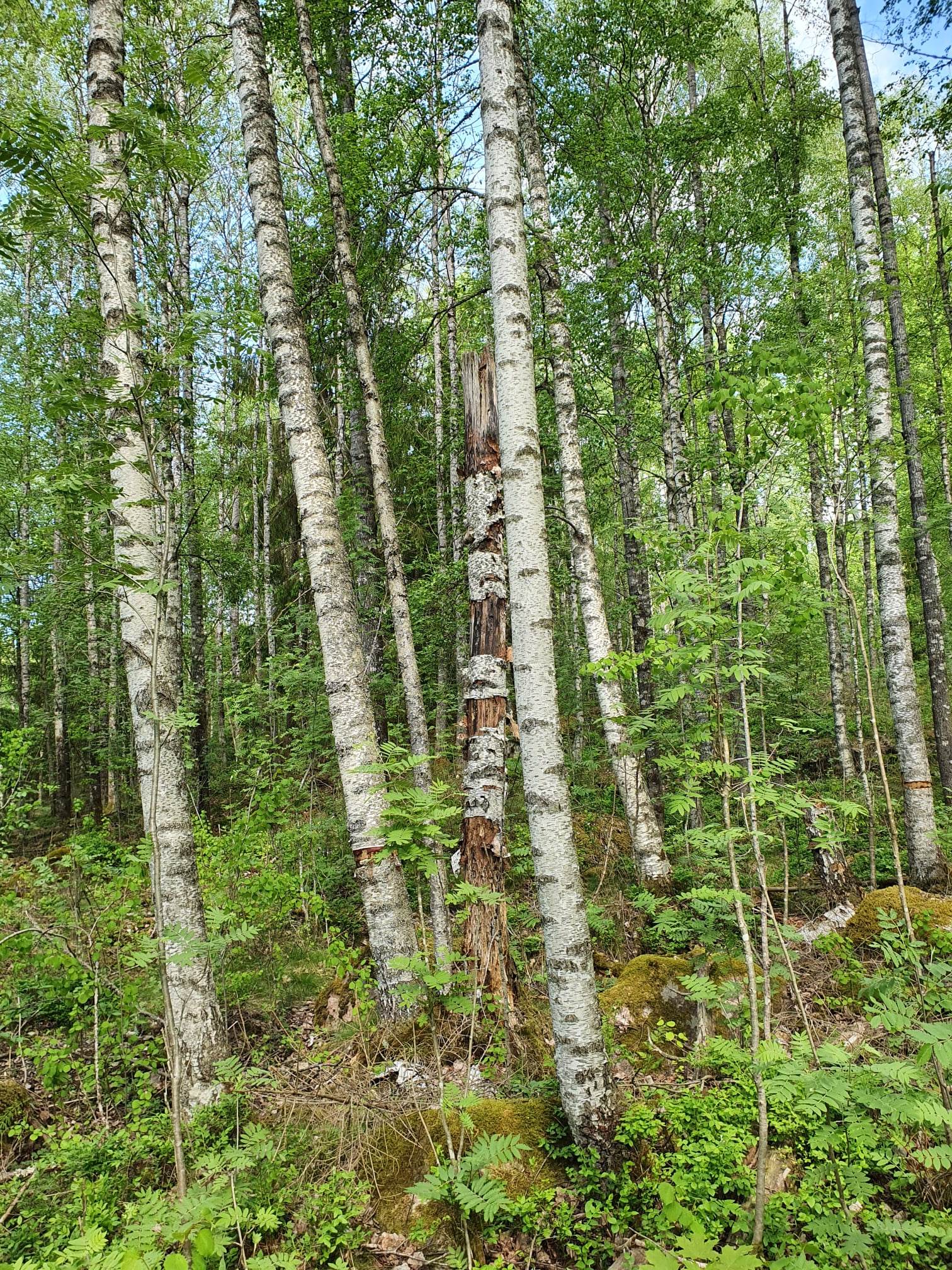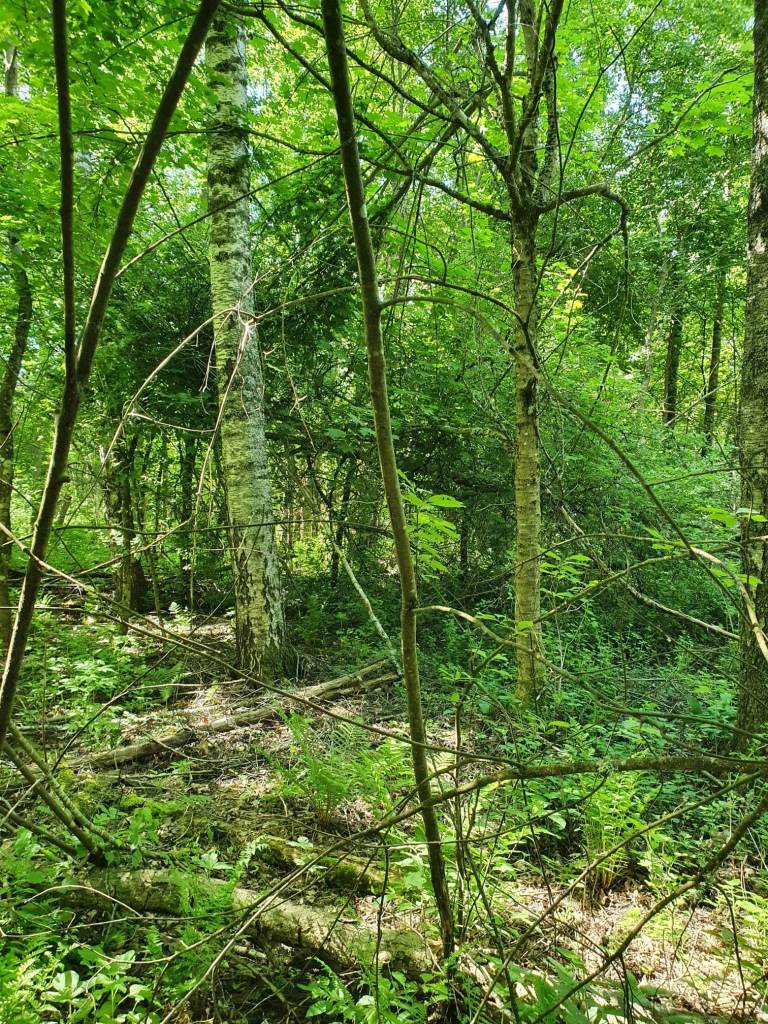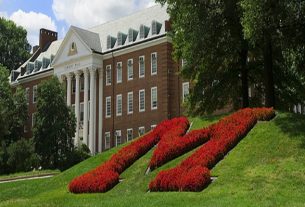Author Albin Larsson Ekström discusses how their latest research evaluates the decadal effects of restoration aimed at the white-backed woodpecker on the biodiversity of saproxylic beetles. The study suggests that, for restoration to be successful, both continuous and repeated restoration efforts are needed.
Restoration guided by the umbrella species concept
A long history of intensive forest management has transformed the forests of Sweden into well-managed monocultures lacking in structures important for biodiversity, such as dead trees and deciduous trees. With increasing focus on the conservation and restoration of biodiversity, concepts such as the ‘umbrella species’ has been developed in order to simplify conservation action.
The umbrella species concept is based on the idea that, by focusing conservation on a focal species with high demands of habitat quality, species of similar requirements will co-benefit from this conservation.
The White-backed woodpecker
In Sweden, large areas have been restored for several decades focused on one such umbrella species, the White-backed woodpecker (Dendrocopos leucotos). The White-backed woodpecker requires large areas of deciduous forests rich in deadwood as it nests in tree cavities and feeds on insects in deadwood.
Initially the species was common throughout Sweden, before becoming close to extinction in the early 2000s due to habitat loss. However, the species has since shown signs of recovery in the last few years, going from four known breeding pairs to around 20 pairs. Despite large efforts to restore habitat for this species, few empirical evaluations of the effects on biodiversity has been done, especially looking at longer time scales than just a few years.
Our study
In our study, we evaluated the effects of restoration aimed at the White-backed woodpecker, one to two decades after restoration, on forest structure and beetles dependent on deadwood. In doing so, we could evaluate the availability of habitat (deadwood and deciduous trees) and food resources (deadwood dependent beetles) for the White-backed woodpecker, while simultaneously investigating the overall effect on co-occurring species.
We compared stands that had been restored 10-20 years ago through spruce removal and deadwood creation to two other stand types; non-restored and target stands. Restored stands were conventionally managed forest stands comprised of Norway spruce mixed with deciduous trees, mainly Birch, Aspen and Grey alder. All spruce trees were removed and some deciduous trees were girdled or made into 3 m high-stumps to create deciduous deadwood.


Non-restored stands were similar to the restored stands pre-restoration and target stands are deemed optimal habitat for the White-backed woodpecker due to large amounts of deciduous deadwood and known sightings of the species.
Key findings and implications
- We found that restored stands had higher volumes of deciduous deadwood and different species assemblages compared to non-restored stands. They did not support more species or individuals than non-restored stands however.
- Restored stands did not reach the same levels of species and individuals nor did they support similar species assemblages as target stands.
- In addition, most of the deadwood in restored stands was now highly decayed with no new recruitment of dead trees, and regenerating living trees were mainly coniferous. This means that much of the initial positive effects of restoration is now gone and without repeated restoration, these stands will return to being dominated by coniferous trees with low amounts of deadwood.
We conclude that continuous and repeated restoration is necessary every 10-20 years to maintain positive effects of deciduous forest restoration. This can be done either by restoring the same stands or by restoring forest stands in the adjacent landscape. There is risk of depleting future deadwood resources by restoring the same stands if the initial availability of deciduous trees is poor. However, these stands should then be managed to promote deciduous tree recruitment and hinder spruce encroachment.
Lastly, we stress the importance of identifying targets when performing restoration and that evaluation should be done in the light of restoration targets.
Read the full article “A decadal study reveals that restoration guided by an umbrella species does not reach target levels” in Journal of Applied Ecology.




